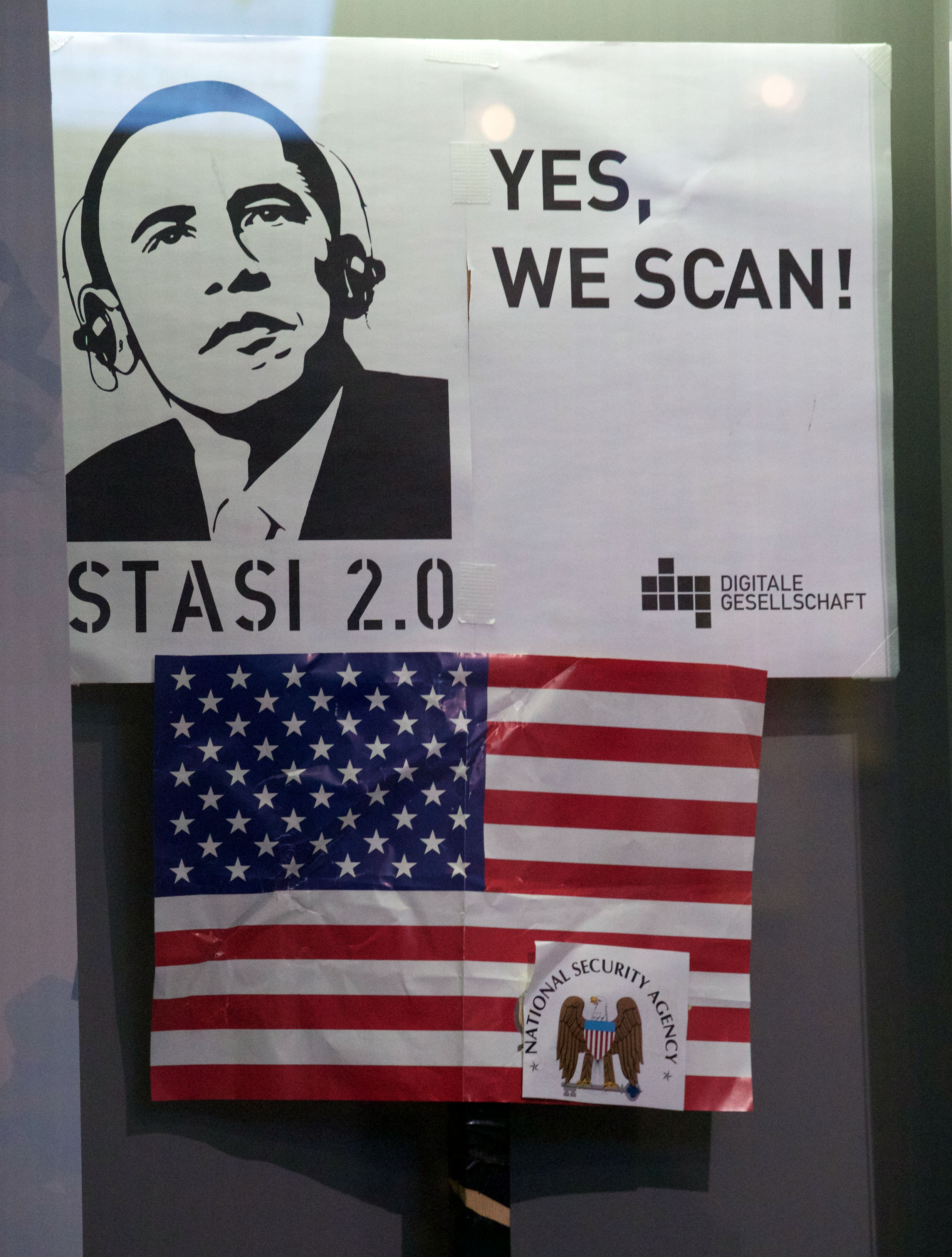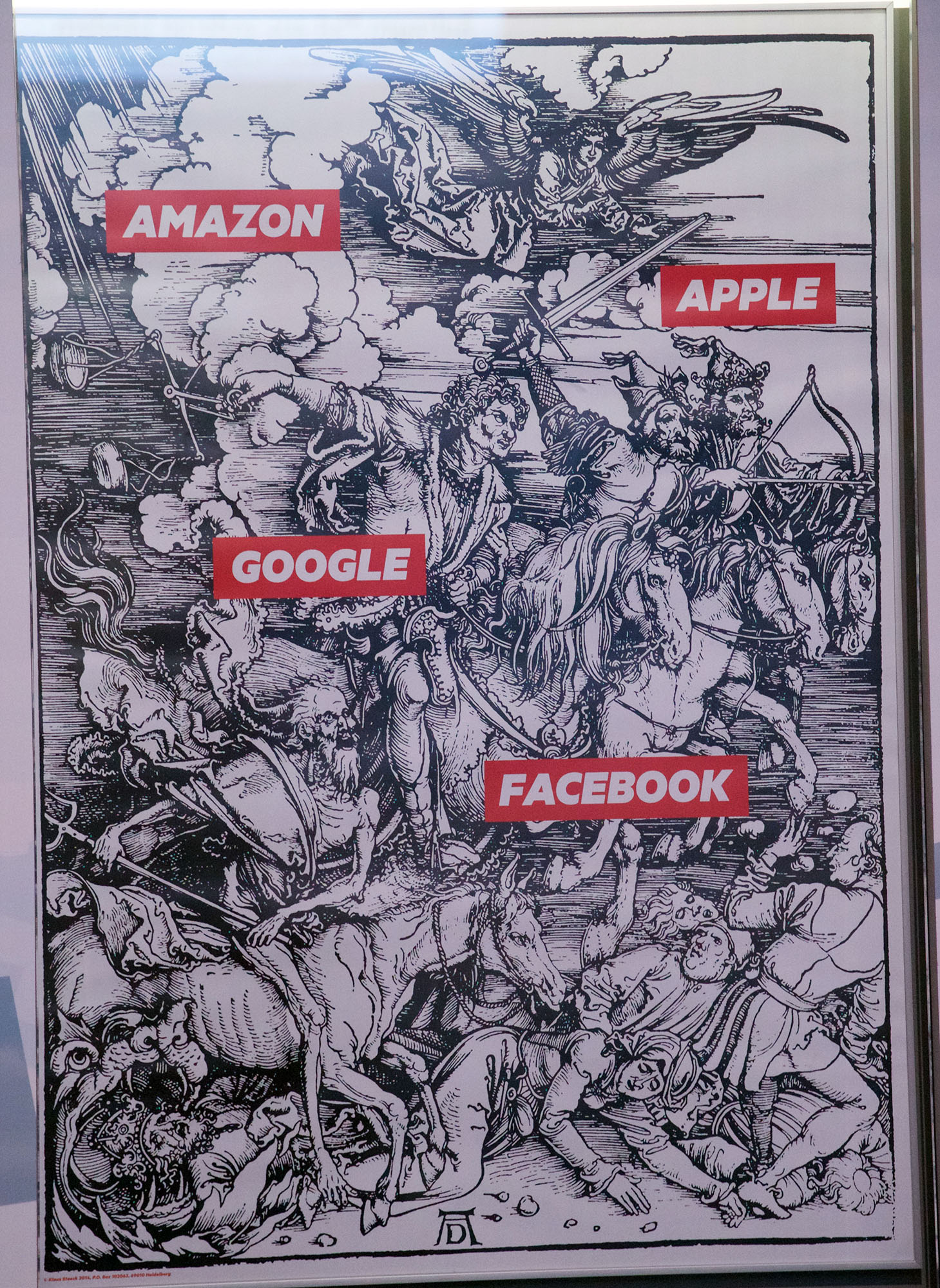Skyr, realized Ásmundsson, was nutritious, wholesome, and a formidable alternative to the “sugary crap” pervading the American culinary landscape. So, like any self-sufficient Icelander, he set out to make it for his son.
To learn the ropes, he journeyed to the eastern Iceland town of Egilsstaðir and shadowed an 82-year-old dairyman. The skyr maker offered simple advice: “Get the best milk. Skim the fat. Add live cultures. Let it set. Strain the liquid. When it looks really thick, strain even more.”
In May 2011, with little real-world business experience, and nothing more than a traditional recipe for skyr, Ásmundsson decided to start a yogurt company.
Panorama – Berlin’s New Church
Wikipedia on the New Church. The new church houses the Stalingrad Madonna.
Madison Scenes









Today





iPhone 6 (very) Low Light Comparison
The iPhone has inexorably displaced many traditional cameras. However, there are a number of use cases where the iPhone requires, perhaps too many compromises or is not yet up to the job. Sports, particularly fast movement [1] is one example, while low light is often another.
A recent random left turn brought me to Michael Pendry’s “Les Colombes“.
Pendry’s immersive Pentecost [2] performance offered a great venue to compare the iPhone 6’s low light capabilities with a tradional, full frame sensor [3] digital camera.
iPhone 6 images:




Full frame traditional camera images:





I recorded a short video with this camera as well. Watch it here.
I was pleasantly surprised at the iPhone’s capabilities. While not great compared to the traditional camera, the iPhone performed much better than I expected. Perhaps the next generation or two will require further low light investigation.
View a log of the iPhone’s (growing) photo capabilities, here.
——-
1. iPhone 5s & Sports Photography?.
2. Pentacost.
Au Four Saint Louis
La Sagrada Familia Panoramas
How to Find Your Place in the World After Graduation
Your first attempt will be terrible. A large part of the creative process is tolerating the gap between the glorious image you had in your mind, and the sad thing you’ve just made. Remember that everything great you see started out as someone else’s bad first draft. Version No. 20 of your work may still not be brilliant. But version No. 1 almost definitely won’t be. And if you think it is, look again. Whenever someone sends me a manuscript and says, “It just flowed out of me,” I usually think: Let it flow back into you for a while.
Everything that happens is potential inspiration. Or as Nora Ephron reminded us, “Everything is copy.” When someone tells you a story, you notice a recurring theme in conversations, or you turn a corner and see something that moves you — use it. In fact, when you’re deep into a project, information about it will pour into your life. Write your thoughts down immediately. One of the great joys of a creative life is that your observations and loose moments aren’t lost forever; they live in your work.
Yes, We Scan….
Hardware














